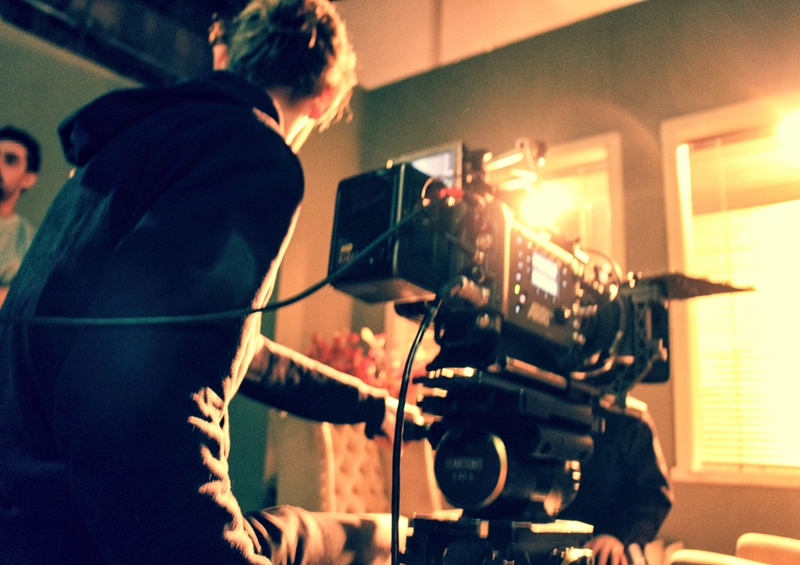The video production process is an exciting, dynamic affair, but not without plenty of hard work. Here, we break down the creative and logistics that go on behind the scenes before you can even say, lights, camera, action on your video production.
1. Create your brief
As you would with a corporate event or conference, you need to work out what you're trying to achieve with your video production in the first place. Setting specific goals for your video makes the planning process easier, as it reveals what production techniques to use and what message to focus on. As we discussed in our previous blog, how to choose your conference theme, your goals should meet SMART criteria, which outline key traits they need to be successful. These are:
- Specific: Your goals should have a directive relevant to your video subject.
- Measurable: The success of your video should have clear metrics. For example, boosting website traffic by 30 per cent through a show-stopping social video.
- Achievable: Your goals need to be sensible and not too far out of reach.
- Relevant: Objectives have to relate to not only your video goals, but your business too.
- Time bound: Allocating a timeframe in which you're aiming to complete your goals ensures that you'll be realistic about how to achieve and analyse them. Referring to the example of using a social video to boost web traffic, you might wish to put a time window around the production – from planning to recording results – to base your performance analysis in.
After you've established goals, create your video brief. This is a document correlating all the logistical data for your production, generally including the goals for your video, your target demographic and the meaning or message you're wanting to put across. While your brief should cover these points in detail, it doesn't have to go into creative specifics – that's the next step of planning. CMS Australasia can provide you with a brief document and examples to assist you with the details you need.

2. Develop your storyboard and script
A storyboard is one of the most crucial tools anyone involved in video production can create. Your storyboard will act as a play-by-play for your production, outlining different shots and what is required in achieving each of them. This may include:
- Noting location changes.
- Lighting techniques.
- Shot sizes, such as close ups.
- Transitions.
- Whether a shot is accompanied by music or ambience.
Some producers choose to create visualisations of how each shot might look. This doesn't have to be detailed – simply sketching the shape of key people or products gives the wider production team an idea of where you'd like subjects to fit in the frame.
Even if you're filming an interview or are confident in the people starring in your video, it's still a great idea to include a basic script as part of planning. Any speech in your video should sound natural, and easily understood by your target audience. In most cases, such as creating a corporate video, it's best to hire production professionals to script and storyboard for you to ensure your key message translates to the screen effectively.
3. Film your video
The filming stage of the video process is tedious. For this reason, it's a job normally best left to video production professionals. This makes the planning stages vital to production, as a director and film crew will know exactly what you're wanting to portray by reading the brief and storyboard. If you're on set, it's helpful to assist the crew by ensuring all cast members are relaxed – it's hard to make video magic with a stressful atmosphere.

4. Post-production and distribution
Arguably the most exciting part of the video process is post-production. This is where your video comes to life, and again, is best handled by professional video editors. As well as trawling through all the footage, they'll isolate and accentuate the best parts of the clip with colour-grading and effective motion graphics.
Finally, you'll have a finished product. Whether you're using it as event collateral, as a corporate video or to create a buzz for an upcoming project, it's important to distribute in line with your goals, and monitor audience reception and traffic metrics to see what went well, and what could be improved for future videos.
For all video production needs, look no further than CMS Australasia. With a team highly skilled in the world of video content, you're assured a polished and professional production, from planning to distribution. To find out how we can bring your ideas to the screen, reach out to our team and request a proposal.

